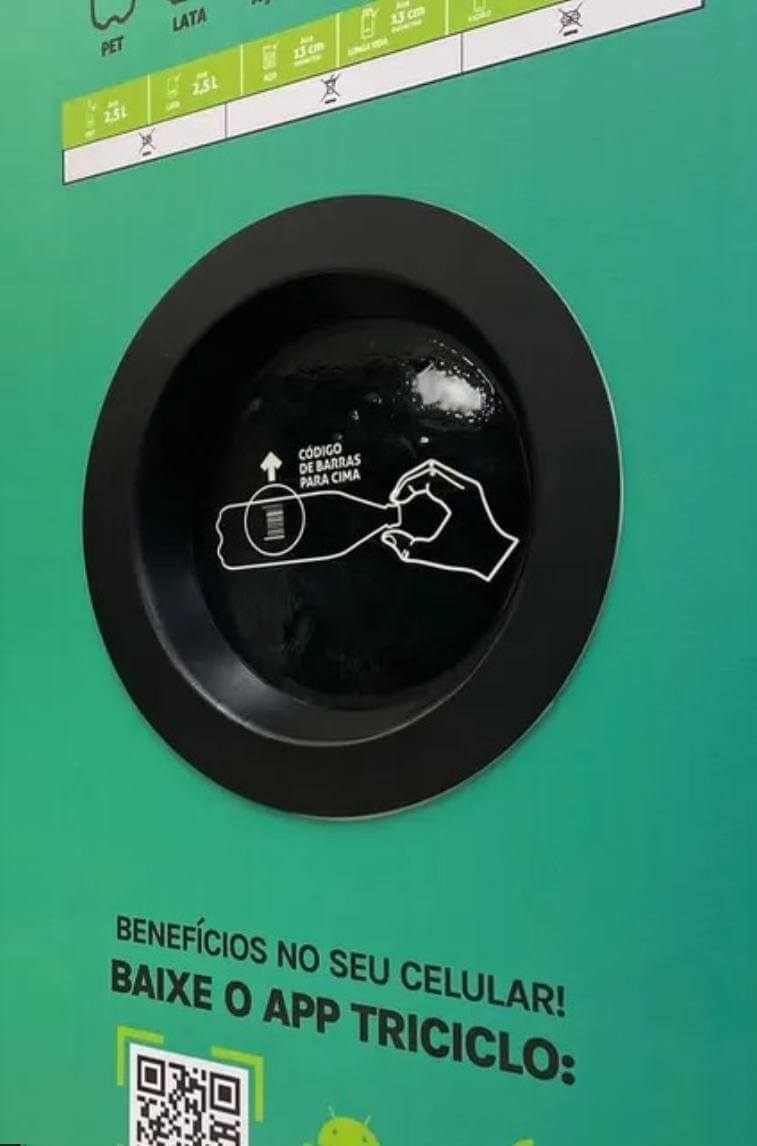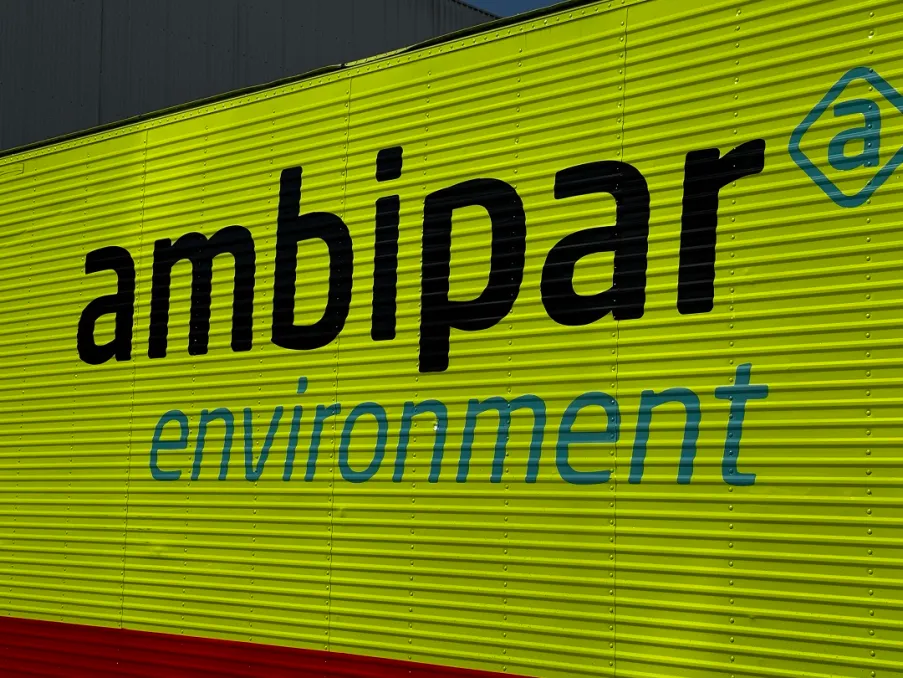When making the decision to insert your company in the low carbon economy, the logical question is: how to promote the necessary transformations?

By Marketing Team
Posted in January 6, 2022

Possibly at this point the company already has some general idea of the topic, for example, it understands that looking at renewable resources is a good idea, but how to decide what exactly should be done and the best way to do it?
In summary, joining or improving the low-carbon economy goes through five stages: 1. carrying out an inventory of greenhouse gas emissions, 2. mapping the largest contributors to the balance of emissions, 3. developing a strategy, from the ranking of emissions contribution and implementation feasibility, 4. implementation of the strategy and, finally, 5. monitoring.
Let’s better understand each of these 5 steps towards a low carbon economy:
1. Inventory of greenhouse emissions
The first measure is a meticulous work to account for the emissions of greenhouse gases from each activity carried out within a pre-established boundary of an Organization.
In this inventory, we account for direct emissions resulting from mobile and stationary combustion sources, fugitive emissions and emissions from the gases produced by their tailings. The inventory also makes it possible to account for indirect emissions from the consumption of energy used to carry out activities, as well as indirect emissions from the entire value chain, that is, outside the organization’s physical boundaries.
Bearing in mind that, in this calculation, all greenhouse gases (GHG) are included, such as methane gas resulting from the decomposition of organic matter and refrigeration gases, for example, in addition to the well-known carbon dioxide.
After accounting for the gases, the company will have in hand its entire emissions chart, called the GHG balance.
More than simply accounting for emissions, the GHG inventory provides fundamental information for prioritizing activities and developing more efficient strategies for the company’s insertion in the low-carbon economy.
2. Identify the biggest contributors to the balance of emissions
With the balance in hand, the next step is to analyze and identify which are the sources of greatest emission.
The emission sources vary according to the activity segment of each inventoried business unit, changing the values of gases accounted for within the inventory categories and, consequently, the contribution of a company’s carbon footprint to global warming.
For the area of logistics and transport, it usually expresses high values of emissions in the mobile combustion category, due to the burning of fossil fuel in its modes, whether by road (trucks, vans, others) or by rail and even waterways.
Emissions inherent to energy use are among the most relevant categories in many industrial sectors because they are directly linked to the production and manufacture of raw materials and finished products.
The emission factor for each energy source is calculated according to the process of the energy supplier, often utilities.
3. Draw the strategy
Having identified the highest emission points, it’s time to devise a strategy to attack them.
The initiatives can be direct or highly complex, depending on the specifics of each business, the technologies available on the market and the commitment to mitigating climate change.
Direct strategies can be:
• Replacement of all or a part of the energy matrix used in the company by a renewable source matrix or less emitting.
• More efficient logistics planning, to reduce the amount of fossil fuel used, or even the gradual replacement of the fleet with vehicles powered by fuels considered renewable, such as ethanol, biodiesel, biomethane and hydrogen.
• Investments in CCU’s Carbon Capture Units: technologies that remove them from the atmosphere and reuse them in new products or renewable energy.
• Compensation of emissions through the purchase of carbon credits
Complex strategies:
These are strategies whose sustainable transformations go beyond the borders of the Inventory Organization.
In the field of agribusiness, in turn, the use of regenerative techniques and better soil management are fundamental to sequestering carbon and mitigating its emissions. To get an idea, in cattle breeding, for example, adopting rotation in the use of land destined for pasture brings significant results in reducing GHG emissions. Or even the use of vegetation to feed livestock that has greater potential for retaining carbon from the air. Sometimes simple, non-obvious actions generate impact results.
In this phase of strategy elaboration, there are other variables taken into account besides the level of gas emissions: the business viability and the possibilities of subsidies and financial return.
Oftentimes, implementing a less emitter process is hampered by financial unfeasibility. Designing a program that engages society and brings environmental benefits allows for the certification of a project that generates tradable carbon units. This currency can bring financial resources that make such sustainable transformation viable.
4. Implementation
The strategy implementation phase is when the plan is put into practice. The success of this phase necessarily depends on well-developed strategic planning.
It can have varying timelines, as some actions can be implemented in weeks, while others take longer or are even long-term changes.
During the implementation phase, monitoring by specialists must be done closely, as it sometimes involves a change in organizational culture, as well as a period of adaptation and learning
5. Monitoring
Monitoring is, in fact, a central part of implementing a successful low-carbon policy.
Through the monitoring of indicators, it is possible to verify what is really happening, if the actions are being effective, if the goals are being reached and what is needed to change, improve or even what has the potential to be intensified.
With constant evaluation and monitoring, it is possible to measure and present the results in order to reap material and economic benefits from a low-carbon proposal.
Ambipar has the necessary experience to accompany your company in the 5 steps of this strategy to enter the low carbon economy. We rely on experts to ensure that every step is efficiently structured.
Count on our know-how and synergism to achieve this sustainable transformation. Contact us and discover our portfolio.


